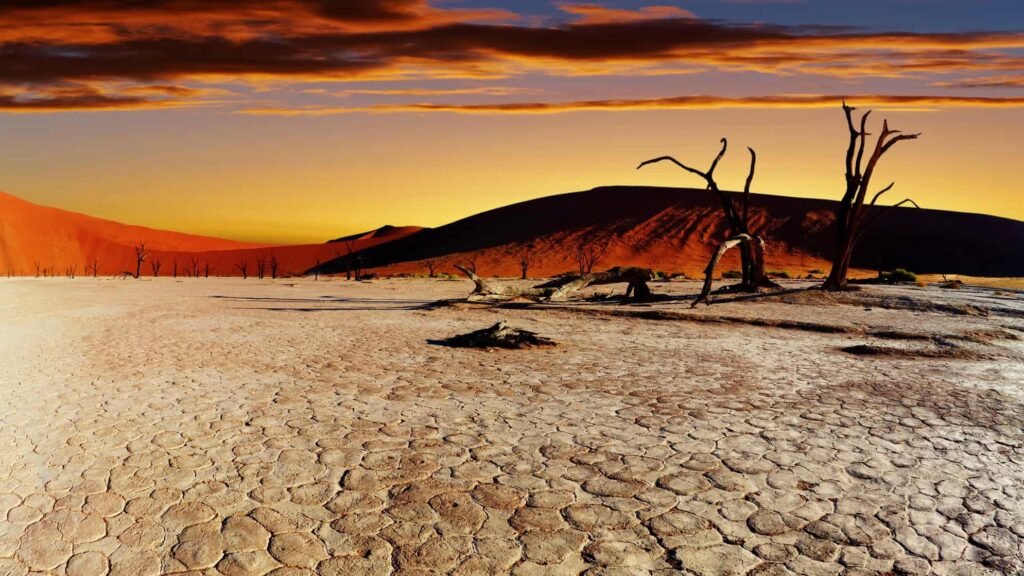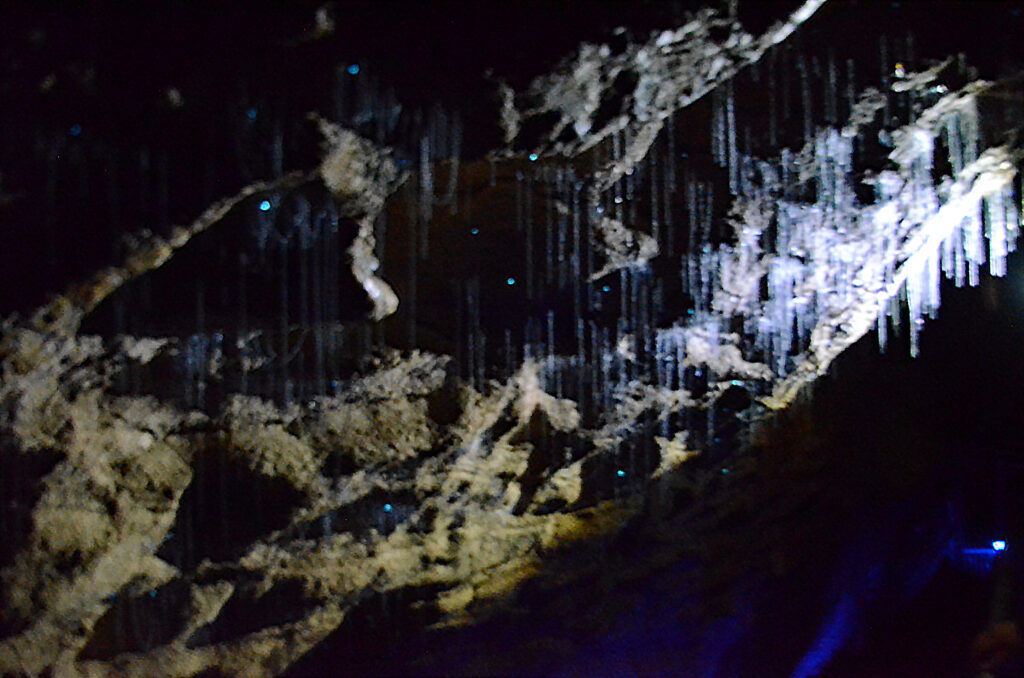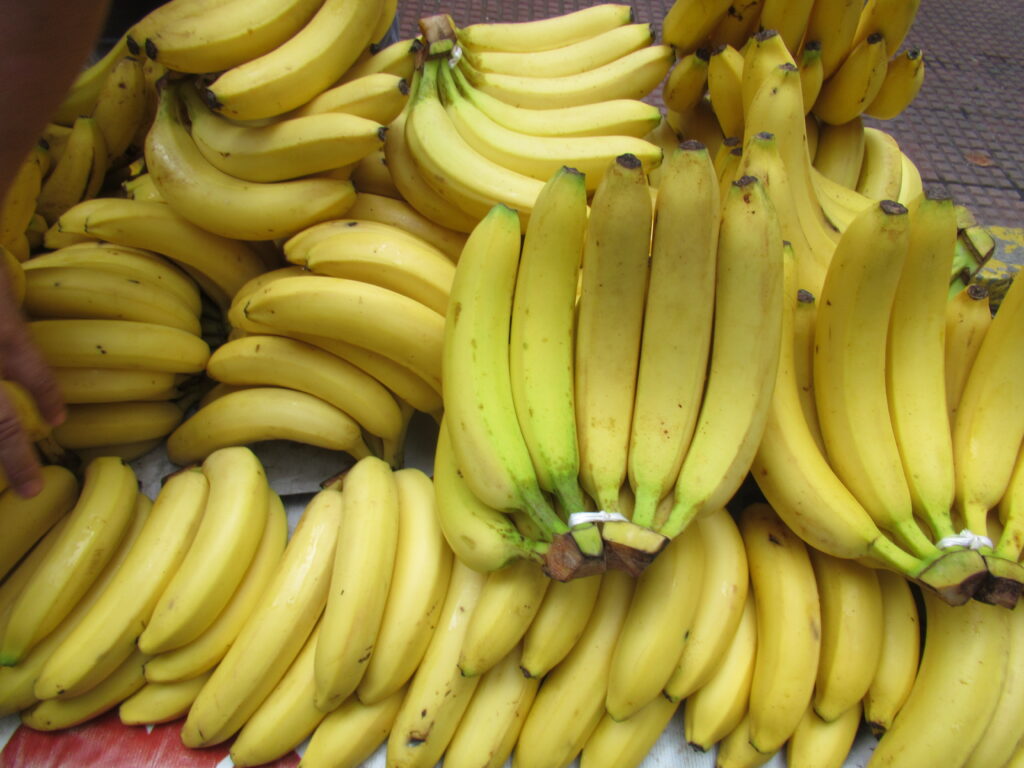Deserts, often portrayed as endless stretches of sand under a scorching sun, are far from lifeless. In reality, these arid regions are teeming with life. Despite the harsh conditions, including extreme temperatures, minimal water availability, and intense sunlight, many species have not only survived but thrived. This remarkable adaptability is a testament to the resilience and ingenuity of life.
Adaptations of Flora: Surviving the Arid Climate

Plants in the desert have developed an impressive range of adaptations to conserve water and endure the heat. Cacti are perhaps the most iconic of desert flora, with their thick, fleshy stems that store water. Their spines, which are modified leaves, reduce water loss and provide shade. Additionally, many desert plants have deep or widespread root systems to maximize water absorption after infrequent rains.
Some desert plants, such as the creosote bush, use allelopathy, a biological phenomenon where they release chemicals that inhibit the growth of nearby competing vegetation. This strategy ensures they have ample resources for survival.
Animal Adaptations: Ingenious Strategies to Beat the Heat

Animals inhabiting deserts exhibit an array of adaptations. Nocturnal lifestyles are common, allowing animals like the fennec fox and many rodent species to avoid the daytime heat by being active at night. Some animals, such as desert tortoises, estivate—an extended period of dormancy during particularly hot and dry conditions.
Reptiles, notably snakes and lizards, have physiologies suited for heat, including behaviors like basking to regulate body temperature. Moreover, the ability to store fat in their tails or bodies (as seen in the Gila monster) provides energy and water during scarce times.
Microorganisms: The Hidden Survivors

In the realms unseen to most, microorganisms manage to thrive in desert soils. Cyanobacteria, also known as blue-green algae, form biological soil crusts that help stabilize the soil surface, preventing erosion. These microorganisms are essential for nutrient cycles and add to the desert’s biodiversity.
Other extremophiles find niches within rocks and under the surface, supported by the minimal but life-sustaining moisture and nutrients the desert offers. Their presence not only exemplifies life’s tenacity but also hints at the potential for life in similarly harsh extraterrestrial environments.
Water Sources: The Oasis of Life

Despite the scarcity, water is pivotal to desert life. Oases provide crucial water sources, supporting diverse fauna and flora. Temporary water bodies such as ephemeral pools and seasonal rivers (wadis) become centers of life following rare rain events. These natural occurrences are crucial for many species’ reproductive cycles and are spectacular displays of rapid ecological transformation.
Animals such as camels have evolved to utilize these resources efficiently, capable of drinking large amounts of water at once and storing it for extended periods, allowing them to traverse vast desert expanses with ease.
The Human Connection: Learning from Nature

Human communities have also adapted to desert life, creating cultures deeply connected to these landscapes. Understanding desert ecology has inspired innovative water conservation techniques and sustainable practices, valuable in addressing global challenges like climate change and water scarcity.
By learning from desert organisms’ adaptations, humans can develop new technologies and strategies for living sustainably in increasingly arid conditions worldwide, proving once more how studying life in the harshest conditions can inform and improve our own survival strategies.
Conclusion: A Testament to Nature’s Ingenuity

The desert is more than just a barren wasteland; it is a vibrant ecosystem replete with life that has extraordinarily adapted to thrive. Studying these adaptations not only enriches our understanding of biology but also provides insights into the broader mechanisms of evolution and survival. As we continue to explore and appreciate these resilient life forms, we gain invaluable knowledge that can guide our own efforts to live sustainably within Earth’s diverse habitats.




